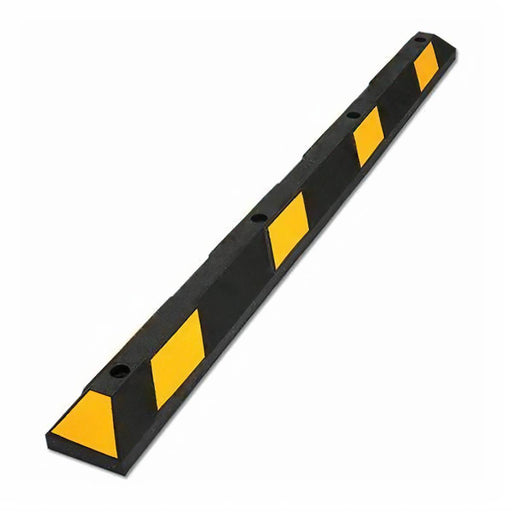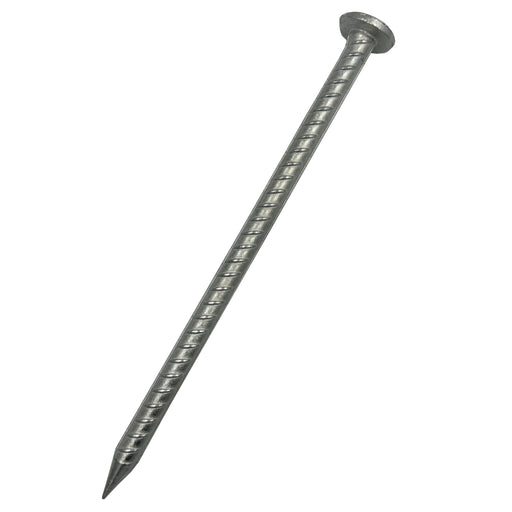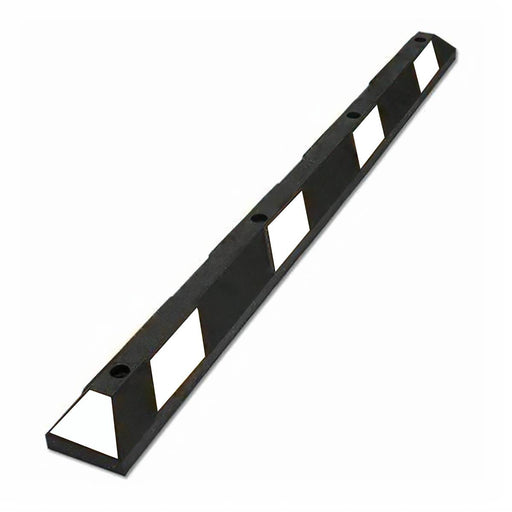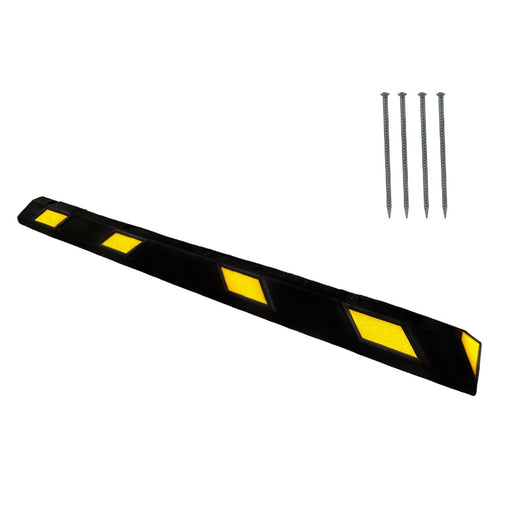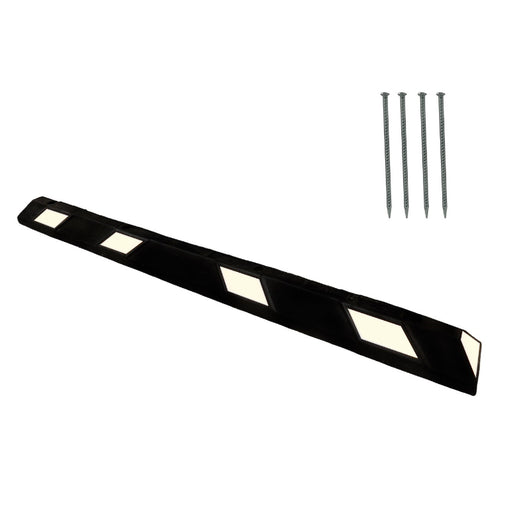Parking blocks, also known as wheel stoppers, wheel stop block, parking curbs, or wheel stops, are ubiquitous features in parking lots and garages worldwide. These seemingly simple structures have a long and intriguing history and offer numerous benefits in terms of safety, organization, and efficiency in parking facilities. In this article, we will delve into the origins and evolution of parking blocks, their various applications, and the advantages they bring to both businesses and drivers.
Origins and Evolution
The concept of parking blocks dates back to the early 20th century when the rise of the automobile industry led to the need for organized parking facilities. Early parking areas were often chaotic and disorganized, resulting in accidents and congestion. The need for a solution to these problems led to the development of parking blocks.
Parking blocks, initially made from wood or concrete, were introduced to define parking spaces, prevent vehicle overhang, and maintain orderly parking. These early iterations served as the precursors to the modern, durable, and versatile parking blocks we see today. Over the years, advancements in materials and technology have allowed for the creation of highly effective and long-lasting wheel stoppers.
Applications and Synonyms
Parking blocks, often referred to by various names, are used in a wide range of applications, making them an essential component of modern parking infrastructure. Some common synonyms for parking blocks include:
- Wheel Stoppers: The term "wheel stoppers" refers to the primary function of these structures, which is to stop vehicle wheels from moving beyond a designated parking space.
- Parking Curbs: The term "parking curbs" highlights their curb-like appearance and function, as they are typically installed at the edge of parking spaces.
- Wheel Stop Blocks: This term emphasizes the blocking action these structures perform by preventing vehicles from overstepping their parking boundaries.
- Bumper Blocks: Bumper blocks serve as protective barriers, preventing vehicles from accidentally striking walls, buildings, or other obstacles in parking facilities.
Parking blocks are applied in various settings, including:
- Commercial Parking Lots: Parking blocks are commonly used in retail, office, and industrial parking lots to organize parking spaces, improve traffic flow, and enhance safety.
- Residential Parking: Homeowners and property managers often install parking blocks in residential driveways to help residents park in designated areas and avoid encroaching on sidewalks or neighboring properties.
- Municipal Parking: City governments use parking blocks to regulate on-street parking, preventing vehicles from blocking traffic or encroaching on pedestrian walkways.
- Garages and Parking Structures: Multi-level parking garages and structures rely on parking blocks to maximize space and protect vehicles from colliding with walls or columns.
Benefits of Parking Blocks
Parking blocks offer several key benefits, both for property owners and drivers:
- Safety: One of the primary purposes of parking blocks is to enhance safety. By preventing vehicles from overhanging, they reduce the risk of collisions and create clearly defined pedestrian walkways.
- Organization: Parking blocks help maintain order and organization in parking areas, ensuring that vehicles are parked in an orderly manner and maximizing the use of available space.
- Efficiency: Properly spaced parking blocks lead to more efficient use of parking spaces, resulting in increased revenue for businesses and improved access for customers.
- Accessibility: Parking blocks are essential for creating accessible parking spaces for people with disabilities, ensuring compliance with relevant laws and regulations.
- Property Protection: Bumper blocks protect property, such as buildings and structures, by preventing vehicles from coming into contact with them.
Vehicle Protection: Prevent damage to vehicles by clearly demarcating parking spaces, ensuring that cars don't encroach into pedestrian zones or neighboring vehicles.
Improved Organization: Maximize parking capacity and prevent overcrowding by efficiently utilizing parking spaces.
Safety: Enhance pedestrian safety by clearly delineating walkways and deterring vehicles from intruding into pedestrian areas.
Parking blocks, or wheel stoppers, have a rich history rooted in the need for organized parking facilities. Their evolution from simple wooden structures to modern, durable materials has made them an integral part of parking infrastructure. With numerous applications, including in commercial lots, residential driveways, municipal spaces, and parking structures, parking blocks are essential for maintaining safety, organization, and efficiency.
Understanding the benefits of parking blocks, such as improved safety, organization, and accessibility, highlights their importance in modern parking facilities. Whether you call them wheel stoppers, parking curbs, wheel blocks, or bumper blocks, their role in enhancing parking spaces and safeguarding property cannot be overstated.

